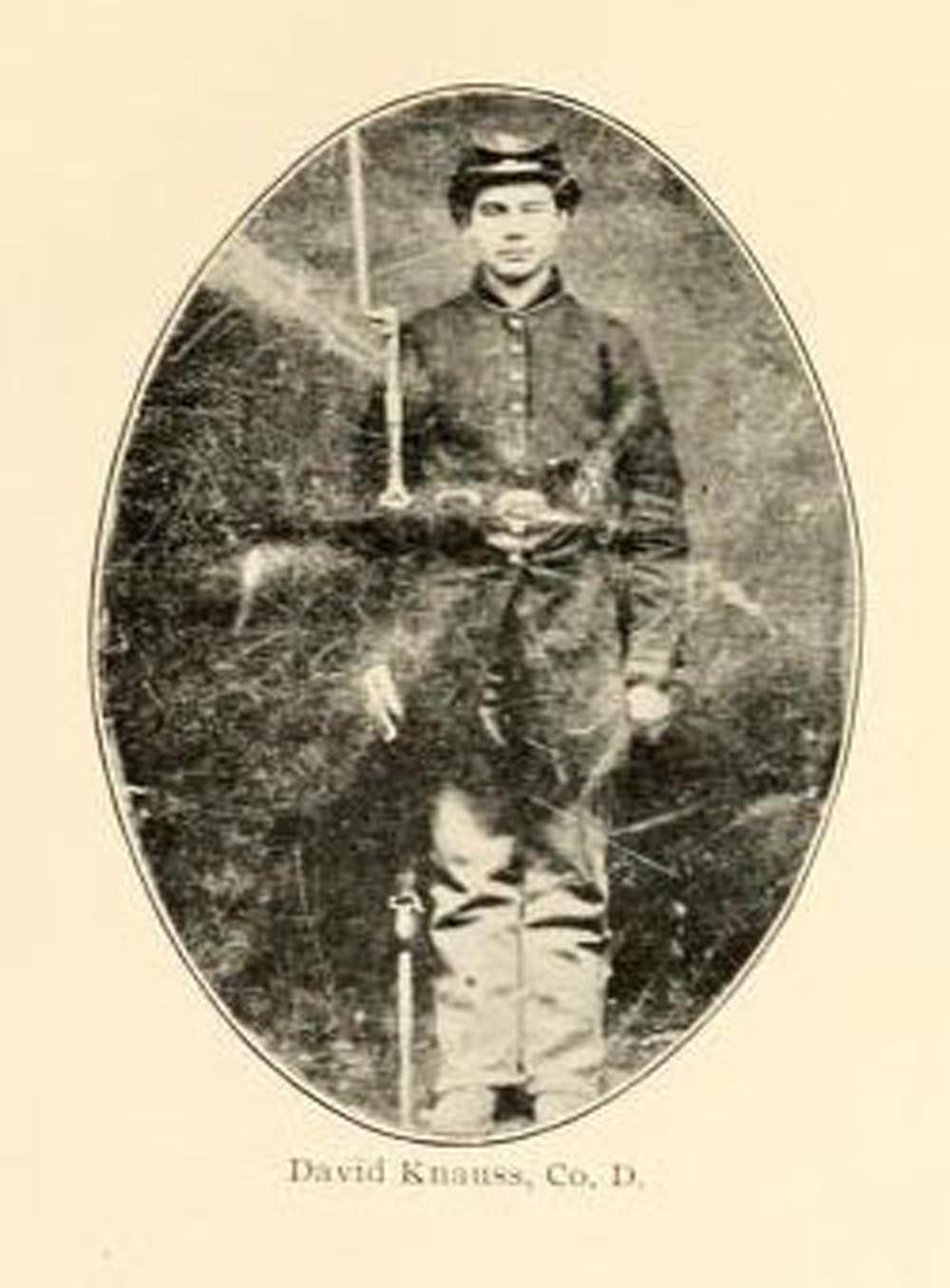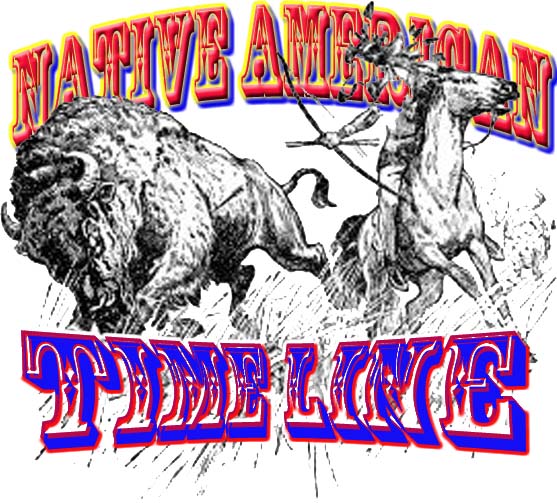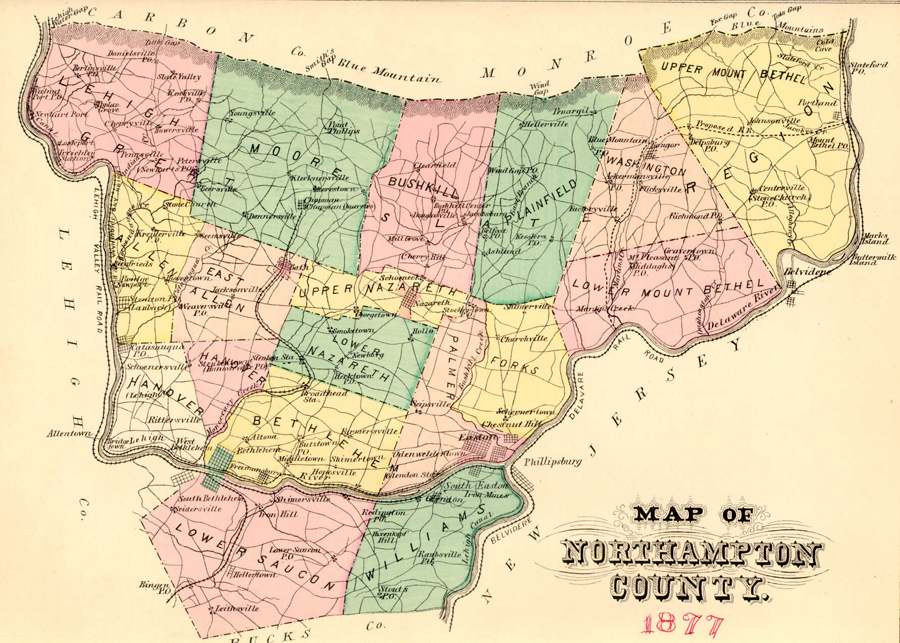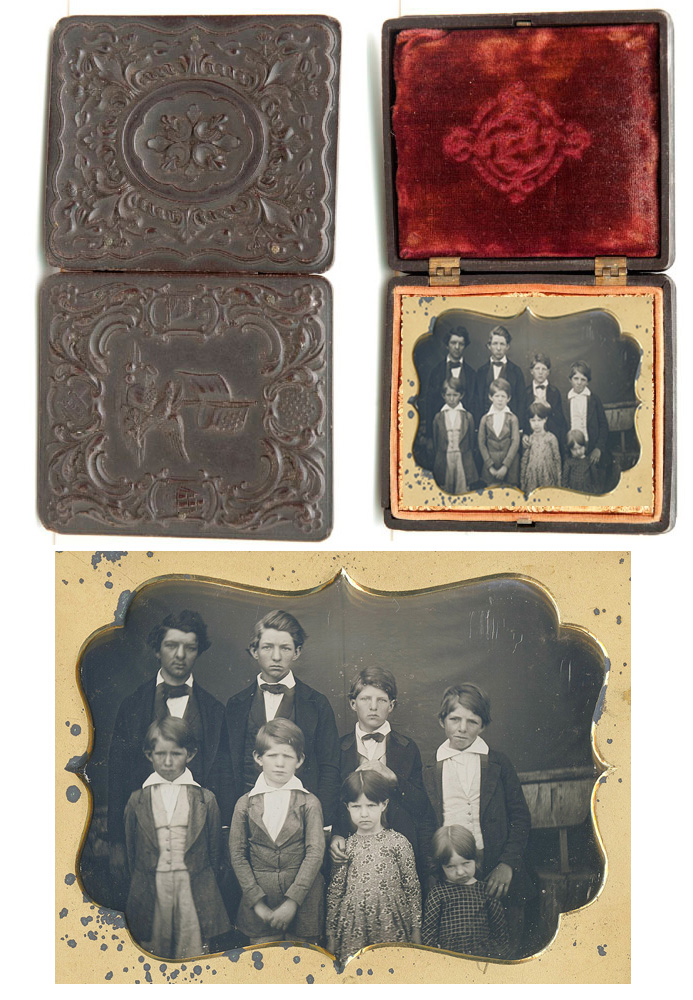David Knauss, Co. D, 153rd Pennsylvania Volunteers
Timeline Native American 1704 – 1795
“The reason you can run so fast is your legs are shorter, and you are closer to the ground,” Chunky told his best friend, David, one day.
David was small in stature, but he often defended himself, stating, “I’m tall! It is just that everyone else is taller.”
From the time he was in grade school, no one messed with David, or his best friend, Chunky. When the two boys wrestled, and if David had fought really hard, sometimes Chunky would let him win, but not always. When it came to running however, no one could keep up with David. Together the boys made fond childhood memories of playing in the barn, hiding in the hay, building forts in the big piles of animal feed.
Soon after David Knauss was born, his father, Levi Knauss, bought some land in Northampton County, Pennsylvania. There he spent his boyhood days on the family farm. Farmland was being sold in 80 acres plots, and it was good bottomland.
Early Northampton County
Levi and a neighbor, Jonah Godfreed, bought one plot together and broke it up into two farms. David grew up with Jonah’s only son. Since he was a huge baby when he was born, his father gave him the name Chunky.
Best friends
David’s uncle owned another 80-acre plot next to his father’s farm. So, David and Chunky spent a lot of time playing together with all the cousins of both families. The families were very large, and parents, several children, aunts, uncles, and a grandparent or two, lived under one roof. The close-knit family ties gave all the young people in the neighborhood a certain sense of security.
A traveling photography studio
The families always got together for holidays and shared the meal. The adults gathered at the adult table, and the kids got their table in another room. One year, when they were outside celebrating the Fourth of July with a big barbecue, a traveling photographer stopped on his way to town. He got all the children together and took a picture, and for 25 cents, each child got a small tintype.
A tintype
A tintype was made by creating a direct positive on a thin sheet of metal coated with a dark lacquer or enamel. One or more hardy, lightweight, thin tintypes could be carried conveniently in a jacket pocket. They became very popular in the United States during the American Civil War.
How to make a tintype
Although the two boys were about the same age, Chunky was one month older than David, and they argued about that all the time. They received their education in the Township Schools and in the woods of Northampton County. Running through the thickets and tall trees, the boys became closer to God’s creation. They learned about Him on Sunday, and the rest of the week felt His presence under the trees.
The entire 80 acres were as well-known to them as each other’s face. They learned how to hunt and fish and survive in the forest. Together, they found the best trout fishing holes in the stream that separated their two properties. The wild game was plentiful, and the fishing was always good. They gathered mushrooms in the spring and acorns for making Chicory (chic-o-ree) in the fall and traded them in town.
In times of coffee shortage or an economic crisis like the Civil War, Chicory root or Acorns were ground up and added to the coffee to stretch out the supply. Parsnips were also added occasionally. Even burnt sugar was sold to coffee dealers and coffee-house keepers under the name of “blackjack.”
Chicory coffee
This was a rural farming community, and all the children in the neighborhood went to the same one-room schoolhouse. David and Chunky had many friends from families of different backgrounds. The Indian children from the Delaware tribe that went to the school were younger than David. Still, the boys taught them many things about surviving alone in the woods. The older boys loved to listen to the younger ones tell stories about their families’ life experiences as Native Americans.
Delaware Native American Indians
The Delaware Indians were originally known as the Lenape (le-nape) or Lenni Lenape (leny-le-nape), Indians, the name they called themselves. The American colonists named them the Delaware Indians because their original homelands were along that river.
Lenape Indian hunting grounds purchases by colonists 1682 – 1874
These young braves were from different clans called Pele (pee-lee), the turkey, Tukwis-t (to-ca-wis-ta), the wolf, and Pukuwanku (pu-ku-wan-ku), the turtle. They all had one thing upon David and the other kids. They could speak in more than one tribal language and pretty good English to boot. They were held in high favor among the other students in school. Later, these clans would be removed to Oklahoma.
Delaware Indians signing the Treaty of Penn
The Treaty of Shackamaxon with the Indians, otherwise known as William Penn’s Treaty or “Great Treaty,” is Pennsylvania’s most longstanding historical tradition. According to the legend, soon after William Penn (1644-1718) arrived in Pennsylvania in late October 1682, he met with Lenni Lenape Indians in the riverside town of Shackamaxon (sack-a-max-on) present-day Fishtown. And there, beneath a majestic elm, they exchanged promises of everlasting friendship.
The Penn belt of wampum
In 1857, Granville John Penn donated to the Historical Society of Pennsylvania a belt of wampum (shell beads) depicting two men joining hands; the Lenapes had purportedly presented it to his great grandfather at the signing of the Treaty.
Swing time
All the children played together outside, except when the boys wanted to play War. Then the girls had no problem keeping busy doing more exciting girl things. They would playhouse with their doll and pretend to be a mother or have a tea parties. Girls liked to read books and notes from each other. At church, the girls gathered in a circle and usually were left unattended. The teachers spent more time with the boys because the girls were better behaved. They loved to gossip about the boys when they got into trouble and what “so and so” said. Girls loved to have sleepovers whenever they could. Girls spent a great deal of time whispering and giggling and passing notes.
Girls playing together
Two girls stood out among the other young ladies that attended the local school and church. Rachel and Ruth were twin sisters that made you see double. They looked so much alike that they often traded names, so they could confuse any person trying to talk to them. Once when they were just newborns getting their first bath, their mother suddenly realized that she did not know which one was which.
There was a tiny freckle in the eyebrow of one of the babies, so she decided, “This one shall be Rachel because I will never tell that I got them mixed up.” Their mother never told the girls how she could tell them apart, but she could, and they always wondered how.
Whenever the girls wanted to play together without the boys in the way, they would say, “Let’s ask Rachel and Ruth what they want to do now.”
Young girls in those days (in some areas) rarely attended school. Homemaking was a full-time job. What they would mostly do during their free time is sew, do needlework, and visit one another. Women and girls would spend much of their time writing letters. Because paper was difficult to obtain at the time, the girls wrote on birch tree bark, in the sand, and on the ice and snow. They used the leaves of the trees and scrap strips of leather for their manuscripts.
In Northampton County, all the children went to school together, boys and girls. Classes would be held sometimes, due to the season, either inside or out. Each child had a small black chalkboard to work out and complete the lessons. Good penmanship was always a requirement. All the girls loved to practice their handwriting, and they felt lucky when they got a piece of paper to do it on.
Platt Rogers Spencer penmanship chart
Platt Rogers Spencer designed the Spencerian method of cursive handwriting, and he is known as the “Father of American Penmanship.” His writing system was first published in 1848 in his book Spencer and Rice’s System of Business and Ladies’ Penmanship. The girls would compare each other’s work to see which letters they still needed work on. They took great pride in their penmanship ability and teased the boys about it.
The history of writing
Girls at play
When they had time away from learning about homemaking, the girls played games. The game of Graces was performed by two players, either two girls or a girl and a boy. Boys did not play Graces with one another because it was considered a “girl’s game.” The game involved whirling a colored hoop toward your partner, who attempted to catch the hoop on the tip of a slender wand. This classic game was considered to offer young ladies both proper and correct exercise.
Graces
One game the girls did play with the boys was Jackstraws or Pick-up-sticks. The Indian children at the school taught them to play it with straws of wheat. To play, all that was needed was a pile of wood splinters or straws. The sticks were heaped in the middle of a table. Each player took a turn removing one stick from the pile. The challenge was to do so without moving any of the other sticks.
Jackstraws
Playing dominoes was a favorite pastime in the late 1800s. This game was played by the young and old. Dominoes are flat and rectangular blocks called tiles or bones. Each tile has two groups of dots on one side, and the dots range in number from zero to six. The tiles are put in the middle of the table, face down. The first player to lay down all of his or her dominoes by matching up the numbers wins.
Civil war dominoes
Rachel and Ruth were inseparable when they were young, but as they grew older, Ruth got into more outdoor things like the boys were into. She loved to go hunting, not so much for the thrill of the kill, but she liked the freedom of being out in the woods. She had no problem slipping on boys’ pants to keep warm when she went hunting with them during the winter months. She was a deadly shot with her father’s rifle, and she bagged her first big buck at the age of 13. The boys with her that day were amazed that Ruth insisted on field-dressing out her deer. After that, Ruth always had a well-deserved and very proud memory of that day.
First deer
Rachel loved to read, and she devoured anything in print. She used to keep all the newspapers she could get her hands on so that she could read the stories again and again. She cut out the stories that sparked her interest and kept them tucked neatly between the pages of a book.
She loved to read the published letters of Florence Nightingale about her experiences as a nurse in the Crimean War from 1854 to 1856. Nightingale was a prodigious and versatile writer who was concerned with spreading medical knowledge. She wrote her tracts in simple English, so those with poor literacy skills could easily understand them.
Letter from Florence Nightingale to Lord Raglan, 8 January 1855
At the age of 24, Florence Nightingale and coming from a wealthy Italian family felt called by God to help the poor and sick. She is considered the founder of modern nursing. She was known as “the lady with the lamp.” And she and her nurses saved many lives during the Crimean War.
Miss Nightingale in the hospital in Scutari, 1856
>>>Click here <<<
Next: The diary and memories of a Civil War soldier – part 1 – picture book – 2
Word count: 4113






















